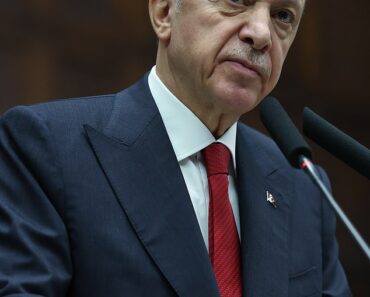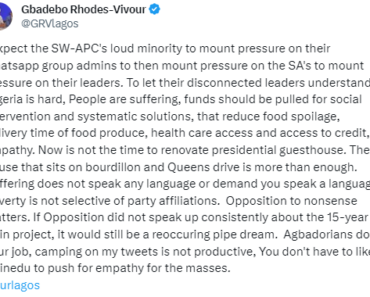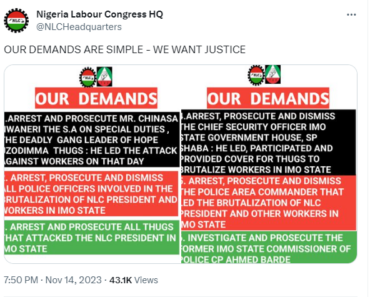[ad_1]
WhatsApp is one of my favorite apps.
It helps me connect with friends and family overseas.
I even do business with it.
How can WhatsApp afford to offer a free service and run no ads?
Today, I wanted to explore the business model of WhatsApp.
Let’s start with the early beginnings.
History of WhatsApp
Features and Users
WhatsApp was created by Brian Acton and Jan Koum in 2009 as a solution to pricey SMS services.
Over time, they added features such as photo sharing, voice messages, read receipts, etc.
By 2013, WhatsApp had over 200M active users.
As of early 2018, WhatsApp boasted over 1.5B users. For contrast, WeChat (one of its competitors) has 1B users.
Now the messaging app is available on iPhone, Android, Windows Phone, Blackberry and Desktop. 65B messages are sent and 2B minutes of calls are made daily.
WhatsApp Funding Rounds
- WhatsApp was initially founded by Jan Koum in February 4, 2009.
- In Oct 2009, Brian Acton convinced 5 ex-colleagues from Yahoo! to invest an initial $250,000 in a Seed Round.
- In April of 2011, WhatsApp received $8M Series A from Sequoia Capital.
- A follow-on financing was provided by Sequoia in July of 2013. The amount was $52M as a Series B. Whatsapp’s valuation at this point is $1.5B.
- WhatsApp was acquired by Facebook in 2014 for $19B.
You can read more details about WhatsApp’s timeline here.
Related: Here’s how another Facebook company, Instagram makes money.
Controversy
When WhatsApp started, the founders wanted to provide an ad-free platform that focused on user experience.
Back in the day, we could have argued that WhatsApp monetized by selling their user data, although their privacy policy mentioned that WhatsApp did not store any of our messages, and with end-to-end encryption, only the sender and the recipient should have access to them.
Facebook changed this policy and started gathering the data from WhatsApp and sending it to their servers.
Jan Koum (the founder of WhatsApp) publicly stated that he wasn’t happy with the decision of Facebook not respecting their users’ privacy and left the company in 2018.
Facebook is very much trying to get their hands to the WhatsApp data.
Here’s what Facebook wrote in their 2017 10-K (annual report)
“We (…) face multiple (…) lawsuits in Europe, India, and other jurisdictions regarding the August 2016 update to WhatsApp’s terms of service and privacy policy and its sharing of certain data with other Facebook products and services(…). If one or more of the legal bases for transferring data from Europe to the United States is invalidated, if we are unable to transfer data between and among countries and regions in which we operate, or if we are prohibited from sharing data among our products and services, it could affect the manner in which we provide our services or adversely affect our financial results.”
How does Whatsapp make money?
WhatsApp pricing?
When WhatsApp first started, they used to charge a $1 a year subscription (sometimes offering the first year for free).
However since 2016, WhatsApp has been completely free for everyone. (Similar to Discord)
As of 2018, WhatsApp makes very little money compared to their user base, as the service remains free and free of ads. (In 2014, Facebook reported that WhatsApp made approximately $1.2M on subscriptions)
Following Facebook’s acquisition, it doesn’t seem like they have a big need to make money soon.
WhatsApp Future Revenue Plans
Facebook motivates behind the acquisition of WhatsApp is clear: they are going to gather more and more data from you such as conversation patterns, behavioral informationlive location, your entire contact list, and more (yikes).
This data can in turn be used by Facebook to provide even better targeted advertising.
(Let’s just hope they don’t get into another Cambridge Analytica scandal.)
Payments

Akin to Venmo, WhatsApp introduced a Peer-to-Peer (P2P) payments solution in India.
Using the country’s Unified Payments Interface (UPI), WhatsApp allows their Indian users allows to transfer money instantly between bank accounts at no charge.
This move will help them solidify their market share and compete directly with India’s Paytm and Google’s Tez.
WhatsApp for Business
WhatsApp recently launched their WhatsApp for Business application that allows merchants and brands to interact with their customers.
Businesses can create profile with helpful information like their address, business description, email address, and website.
Then they can enable quick replies and automated messages with the WhatsApp API.
Note: WhatsApp is charging for their API use. The cost is free if the business responds to the customer within 24 hours, otherwise a fee is applied.
Did it make sense for Facebook to pay $19B for WhatsApp?
Most of us see the $19,000,000,000 price tag and think it’s absurd.
However, if we analyze how much revenue competitors like WeChat and Line are bringing each year, that sum might start to make sense.
WeChat and Line monetize by showing advertising, in-app purchases, offering payment solutions and more.
We can expect WhatsApp to follow a similar monetization strategy.
In 2017, the estimated average revenue per user (ARPU) for WeChat was $7. For Line it was around $9.
If we assume WhatsApp can pull a similar ARPU of $7-9 per user, we are talking about $10-13.5B in yearly revenue once they start to monetize.
The $19B WhatsApp acquisition could pay for itself within just a few years of turning on the monetization engine.
Besides this simple math, WhatsApp was also a very good acquisition from Facebook, preventing any other competitor (like Tencent) to get their hands on it.
Conclusion
WhatsApp doesn’t yet monetize heavily but will do so in the near future with the Business products they are building.
Now it’s your turn, do you think the $19B price tag was justified? Let me know in the comments?
Read more:
[ad_2]
Mots clés: #Whatsapp #Money
→ READ ALSO : What Is SEO – And How Does It Work? (Easy Introduction For Beginners)
→ READ ALSO : Invite All Your Facebook Friends to Like a Page or Event on Facebook 2019 Code
→ READ ALSO : How to Contact Instagram
Suivez tous les scores en direct ici !
























